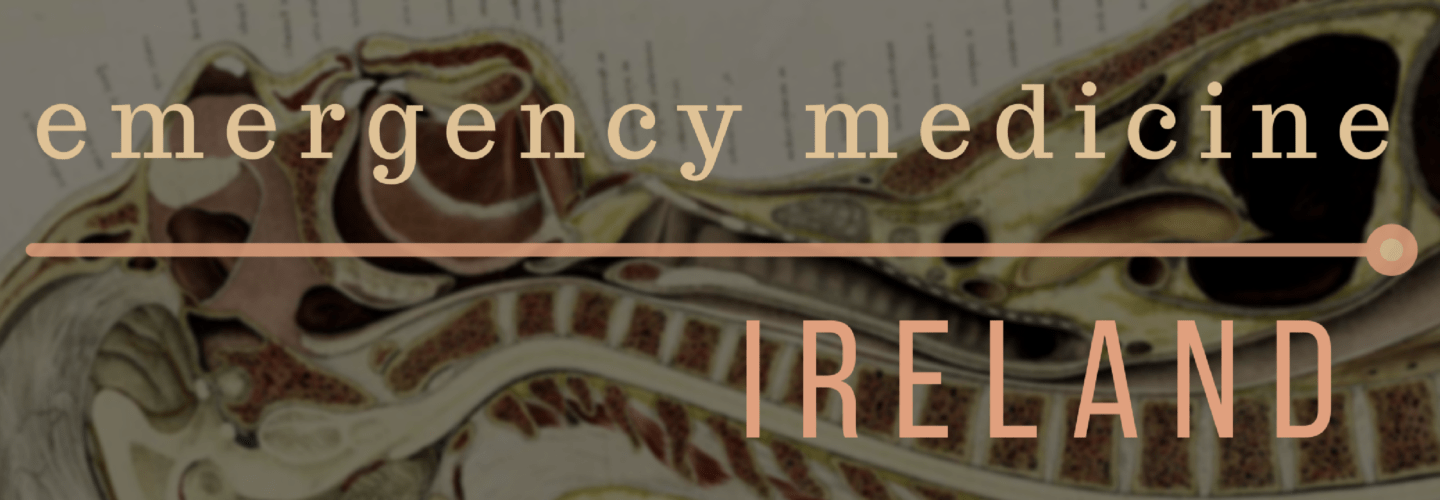Podcast: Play in new window | Download (Duration: 6:01 — 8.6MB)
Subscribe: Apple Podcasts | Spotify | RSS
Welcome back to the tasty morsels of critical care podcast.
Today we look at the other diabetes. We are of course all familiar with the sweet urine of diabetes mellitus but this time we will look at the tasteless or insipid urine of diabetes insipidus. This will as always be a critical care type primer on the topic designed to help you survive a critical care fellowship exam. I would certainly not claim endocrine as my strong suit.
There are 2 forms we’re likely to encounter in the ICU. The first is a deficiency or absence of antidiuretic hormone.The second is an resistance to ADH. You’ll notice this is just like diabetes mellitues where type I is an absence of insulin and type II a resistance to insulin. However because endocrinology has to be the most obtuse and complex specialty they refrain from calling it type I and type II and instead refer to them as cranial DI (deficiency of ADH) and nephrogenic DI (resistance to ADH).
Just to note ADH also goes by the moniker of arginine vasopressin (AVP) or even argipressin. For the sake of simplicity I’ll just refer to it as ADH.
Given the number of TBI and ICH we see in the ICU we obviously see a lot more of the cranial DI than the nephrogenic DI.
We’ll come back to the 2 types of DI later, but a brief section on the function of ADH is unfortunately warranted. As the name suggests ADH reduces urine output. It does this by promoting free water reabsorption in the kidneys. It does this by stimulating V2 receptors in the kidney increasing the number of aquaporin channels in the tubules. Hence more ADH, more water reabsorption, less urine. ADH is released primarily in response to a rise in osmolality. For example in hot weather you get dehydrated, your osmolality rises, your pituitary releases ADH, you reabsorb more water slowing the rise in osmolality.
In diabetes insipidus either absence of ADH or resistance to ADH will lead to reduced water reabsoprtion in response to increased tonicity. Ongoing free water loss will result in rising tonicity driven by a rising sodium concentration.
So that’s the basics of the pathophysiology, lets’s go back to our 2 types, cranial DI and nephrogenic DI.
Cranial DI happens when the pituitary is so injured that we lose production of ADH. This could be something rare like infarction or an auto immune issue of the pituitary or much more likely in our context some devastating intracranial event leading to a massive rise in ICP. The urine starts pouring out at 300-400 ml/hr and then the Na starts rising. The patient may or may or may not continue to progress towards brainstem herniation.
The context makes the diagnosis here usually fairly obvious but it’s worth sending a urinary Na and osmolality and in this case we’re expecting to see a very dilute urine (eg an osm <200 ) with a low Na which is inappropriate when the serum Na is high.
Treatment is relatively straightforward in the acute stage. We should give some ADH replacement typically in the form of DDAVP but you could of course vasopressin or argipressin because they’re the same thing really. Replacing the ADH will allow water reabsorption and correction of the tonicity. We will usually have to replace some of the free water and 5% dextrose is a reasonable way to do this, just be sure to control the urine output with the DDAVP first. Chasing a 600 ml/hr urine output with 1000ml/hr of 5% dextrose will lead to a dextrose driven diuresis making things even worse.
Of note there are different phases to this type of DI and if the patient survives the first few days then you may well see some lessening of the polyuria for a period. Management of cranial DI beyond the first week is certainty beyond the scope of this podcast.
Nephrogenic DI is more often going to be a label that comes with a patient to the ICU who is coming often for another reason rather than a diagnosis we make de novo in the ICU. Top of the list here is going to be chronic lithium use with a distant 2nd of hypercalcaemia. In this scenario ADH continues to be produced appropriately in response to a rise in tonicity but the drugs involve interfere with aquaporin function resulting in a failure of water reabsorption. Nehprogenic DI is less severe and more chronic than central DI and as a result patients themselves will compensate for it quite well by simple drinking more water. We see it when we have them intubated in the ICU for whatever reason and have removed their ability to drink. Over the next day or two the Na continues to drift up with only a modest increase in the urine output. Treatment for these is primarily replacing their free water loss and restarting their chronic meds for DI. Involvement of an endocriniologist or nephrologist or whoever manages such issues in your jurisdiction would seem wise.
Reading
Oh’s Manual Chapter 60 and 95
